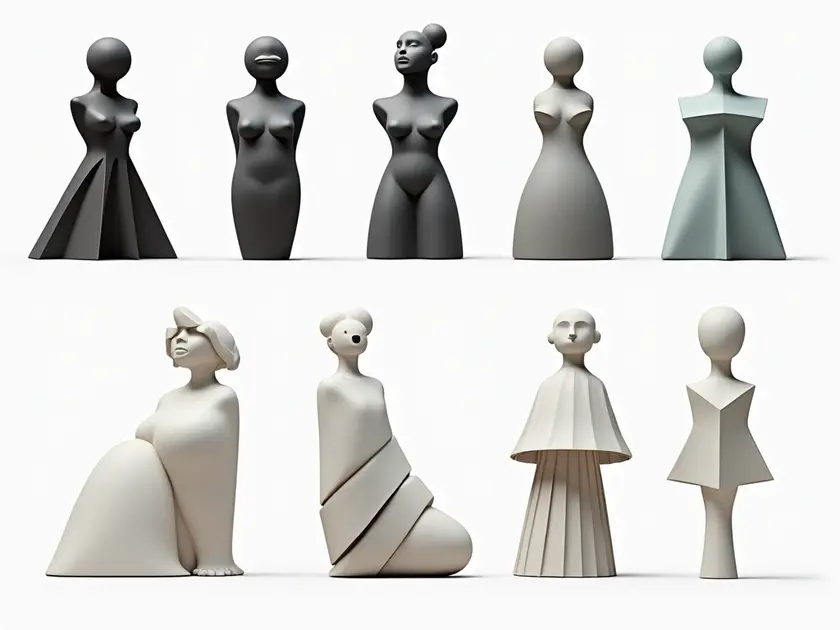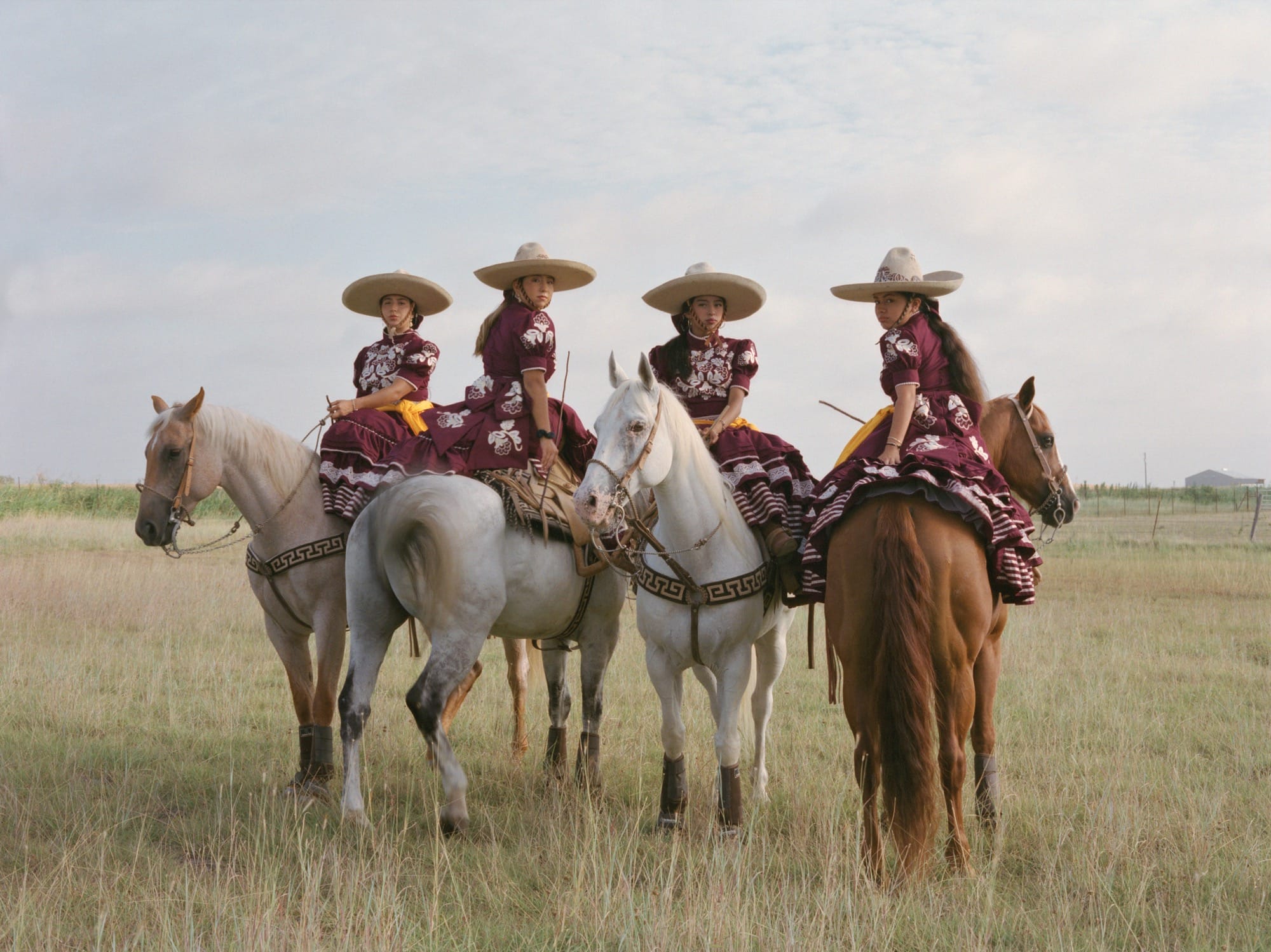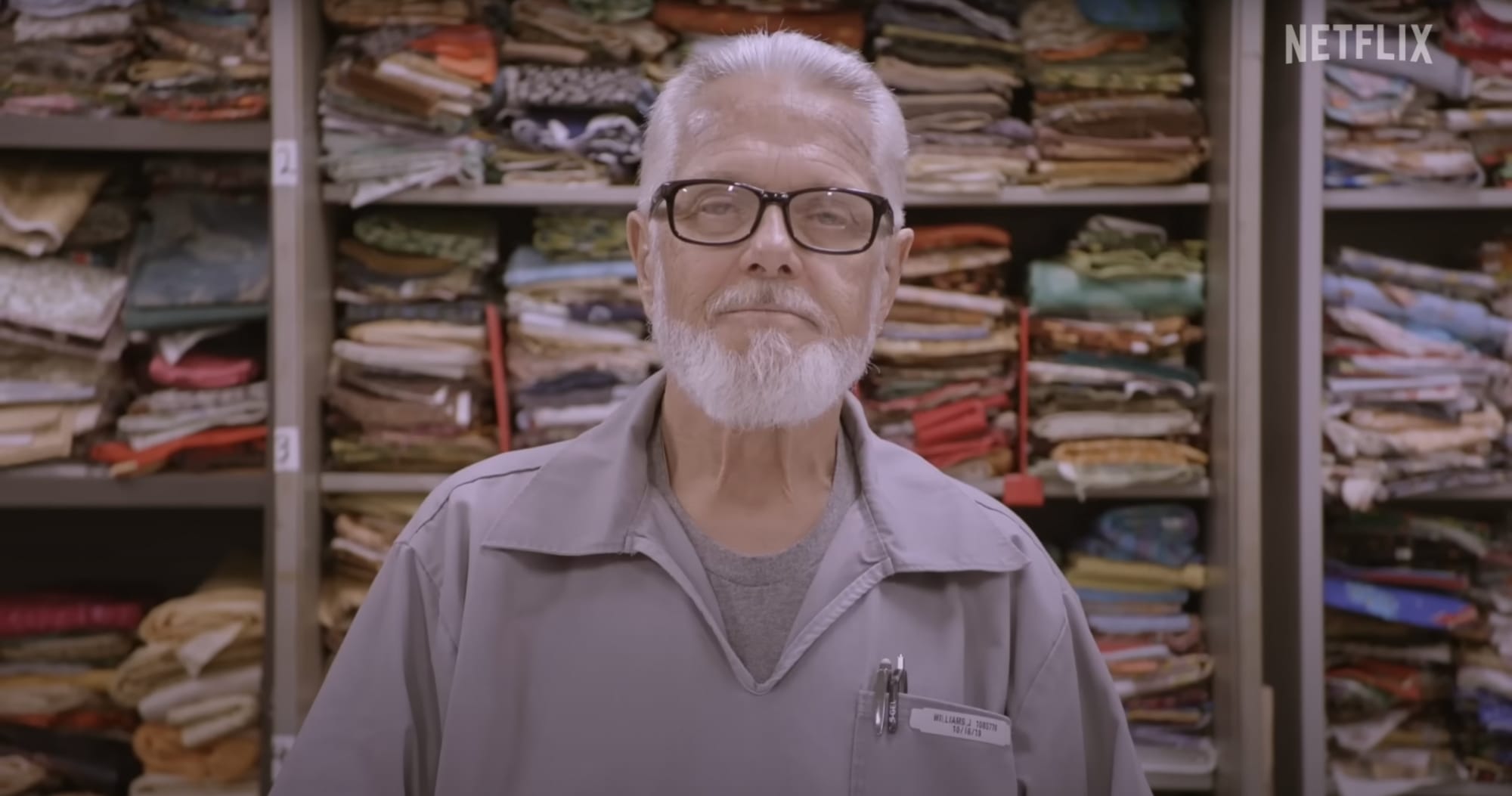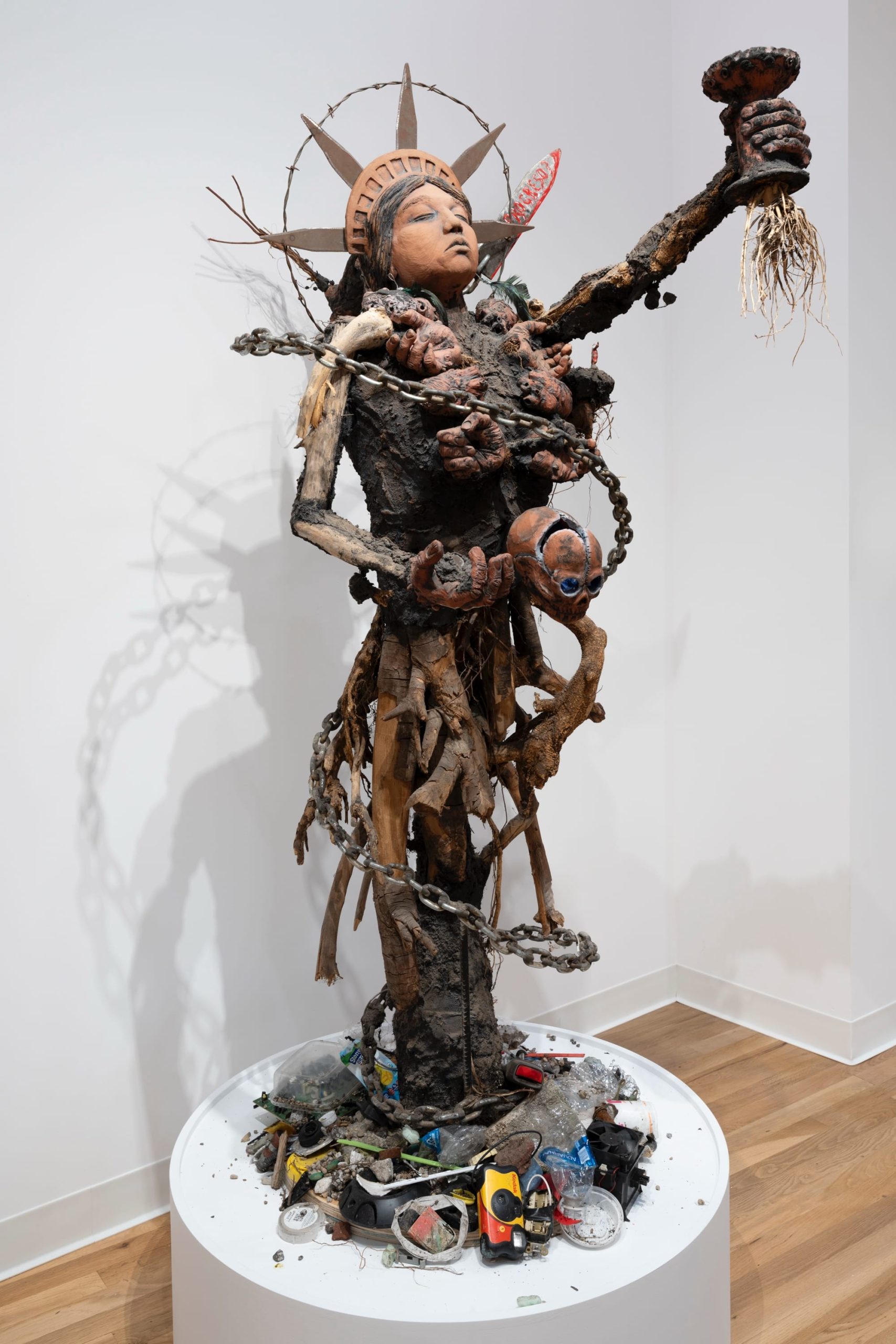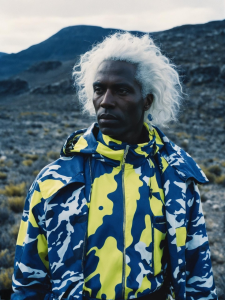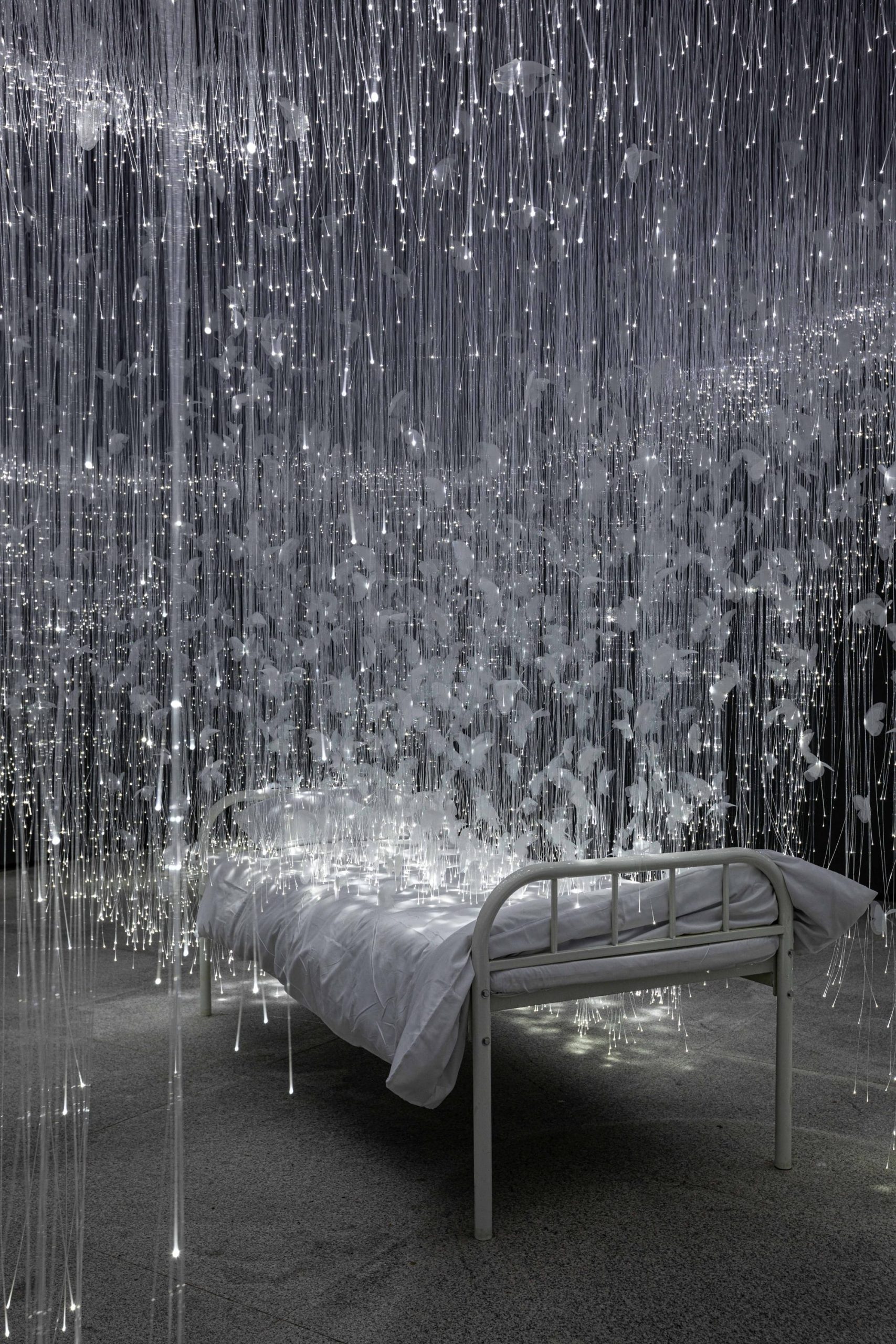Exploring Different Styles of Modern Sculpture
Modern sculpture is a dynamic art form that has evolved over the years, showcasing a wide range of styles, techniques, and materials. From abstract forms to innovative approaches, contemporary sculptors continue to push boundaries and redefine the art of sculpting. In this article, we will delve into the diverse world of modern sculpture, exploring abstract forms, innovative materials and techniques, and the embracing of diversity in contemporary sculptural art.
Abstract Forms in Modern Sculpture
Abstract forms in modern sculpture refer to the use of non-representational shapes and designs to convey artistic expression. Artists often explore the boundaries of traditional sculptural forms by experimenting with geometric shapes, organic forms, and unconventional materials.
One of the key characteristics of abstract sculpture is the emphasis on form, line, and texture rather than depicting recognizable objects or figures. This allows artists to evoke emotions, provoke thoughts, and challenge viewers’ perceptions of space and dimension.
Exploration of Space
- Abstract sculptors often play with negative space to create dynamic compositions that interact with the surrounding environment.
- By manipulating the relationship between solids and voids, artists can create a sense of movement and energy within the artwork.
Expressive Gestures
- Many modern sculptors use abstract forms to convey emotions and ideas through the gestural quality of their work.
- Through the use of flowing lines, sharp angles, and exaggerated proportions, artists can communicate a wide range of feelings and concepts.
Overall, abstract forms in modern sculpture offer artists a unique platform for experimentation and creativity, pushing the boundaries of traditional sculptural techniques and inviting viewers to engage with art in new and exciting ways.
Innovative Materials and Techniques in Sculpture
Contemporary sculptors are constantly pushing boundaries by experimenting with new materials and techniques to create groundbreaking artworks. This innovative approach not only challenges traditional norms but also opens up a world of possibilities for artistic expression.
Materials
- Recycled Materials: Many artists are now turning to recycled materials such as metal scraps, plastic bottles, and discarded wood to create environmentally conscious sculptures.
- 3D Printing: The advent of 3D printing technology has revolutionized the way sculptures are created, allowing artists to design intricate pieces with precision and detail.
- Lightweight Materials: Sculptors are exploring the use of lightweight materials like foam, fiberglass, and resin to create large-scale sculptures that are easier to transport and install.
Techniques
- Augmented Reality: Some artists are incorporating augmented reality technology into their sculptures, creating interactive pieces that come to life when viewed through a smartphone or tablet.
- Projection Mapping: By using projection mapping techniques, sculptors can transform static sculptures into dynamic works of art that change and evolve over time.
- Biodegradable Sculptures: A growing trend in sculpture is the creation of biodegradable artworks that decompose over time, highlighting the transient nature of art and life.
Embracing Diversity in Contemporary Sculptural Art
In the realm of contemporary sculptural art, diversity plays a crucial role in pushing boundaries and challenging traditional norms. Artists from various backgrounds and cultures bring their unique perspectives to the forefront, resulting in a rich tapestry of artistic expression.
Embracing diversity in sculptural art allows for the exploration of different themes, styles, and techniques. It opens up avenues for experimentation and innovation, leading to the creation of thought-provoking and visually stunning works of art.
Exploring Cultural Influences
- Artists draw inspiration from their cultural heritage, incorporating elements of tradition into their sculptural pieces.
- Exposure to diverse cultural perspectives fosters a deeper understanding and appreciation of global art forms.
Celebrating Individual Identities
- Artists use sculpture as a medium to express their personal narratives and experiences, reflecting their unique identities.
- Diversity in sculptural art allows for the celebration of individuality and the exploration of self-expression.
By embracing diversity in contemporary sculptural art, artists can break free from conventional norms and create works that resonate with a wide range of audiences. It paves the way for a more inclusive and dynamic art scene, where creativity knows no bounds.

